
Public spaces in Albanian cities over the past 20 years, have been transformed into parking lots, cafeterias & bars, or piles of uncollected waste. More often than not, they are also transformed into additions to existing buildings, or multistory buildings. Along with the public space, gone are the chances for people to stay in them and socialize, play, or simply watch the world go by. Today, children and the elderly make for two of the most vulnerable groups when it comes to lack of public space.
In order to showcase that community willingness is enough when coupled with commitment, creativity and recyclable materials, Co-PLAN and POLIS University under the City for Citizens, Citizens for city project financed by the EU, decided to build a playground for children and a modest recreational area for the elderly.
POLIS University students, together with architects, urban planners and engineers, with the support and collaboration of the Municipal Unit 11, Tirana, worked for three weeks to produce a multifunctional, colorful playground. The project built on children’s wishes, and suggestions from the residents of the area, which were then transformed into practical games produced by the students and specialists. The project relied on the use of recyclable materials, such as tyres and wooden pallets, all of which are very easy to find.
In order to showcase that community willingness is enough when coupled with commitment, creativity and recyclable materials, Co-PLAN and POLIS University under the City for Citizens, Citizens for city project financed by the EU, decided to build a playground for children and a modest recreational area for the elderly.
POLIS University students, together with architects, urban planners and engineers, with the support and collaboration of the Municipal Unit 11, Tirana, worked for three weeks to produce a multifunctional, colorful playground. The project built on children’s wishes, and suggestions from the residents of the area, which were then transformed into practical games produced by the students and specialists. The project relied on the use of recyclable materials, such as tyres and wooden pallets, all of which are very easy to find.
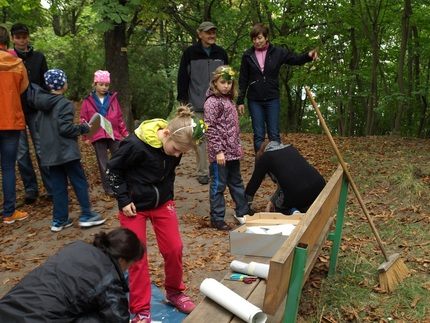
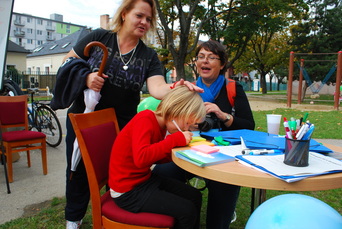
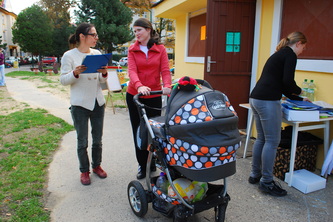
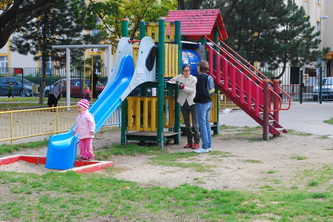
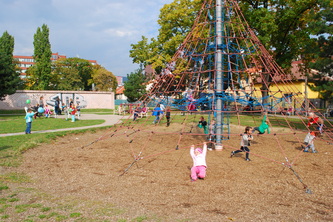

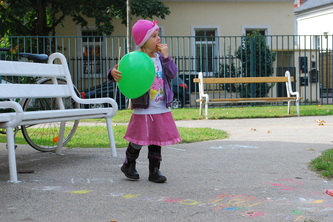
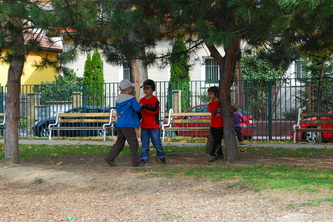
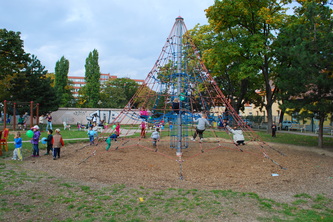
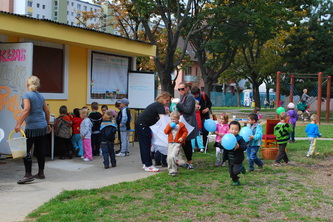
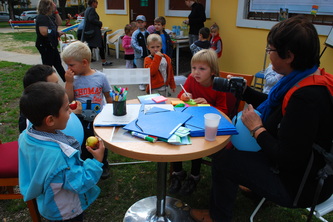
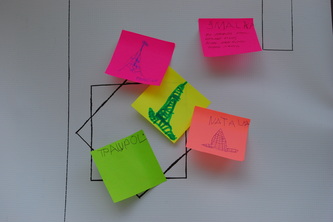
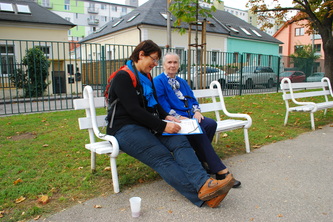
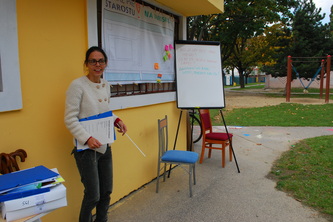
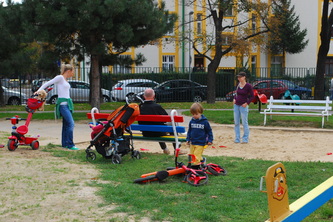

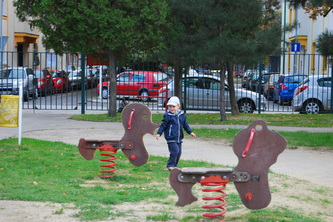
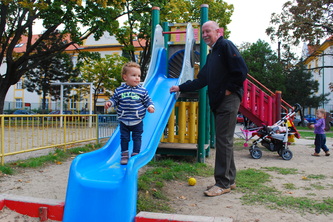
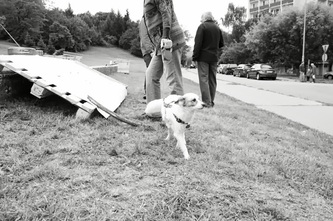
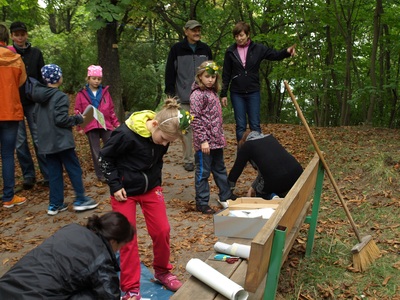
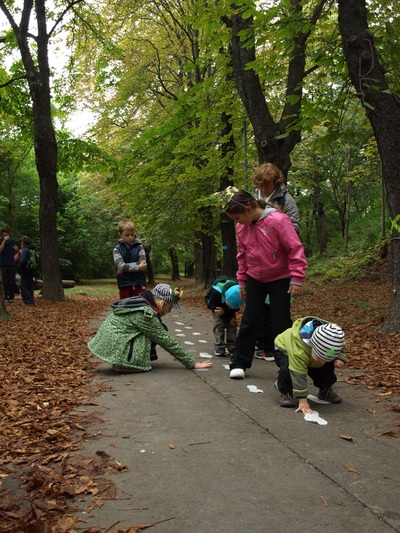
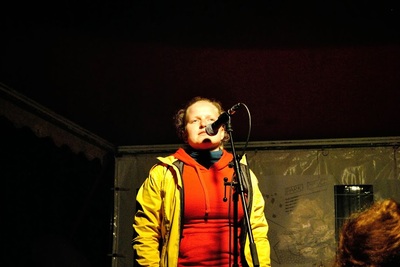
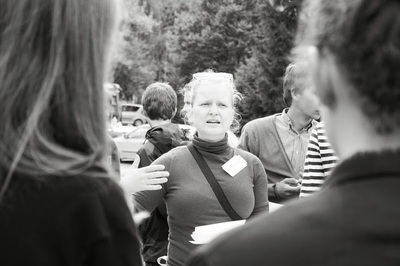

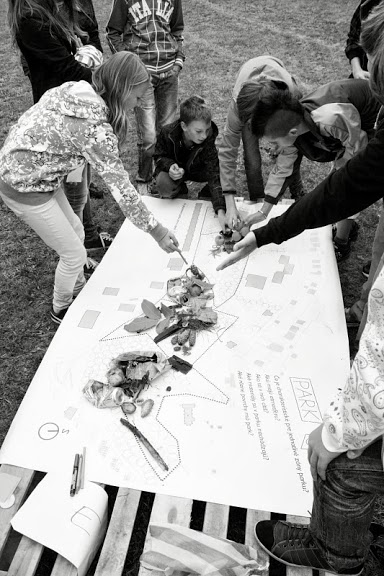
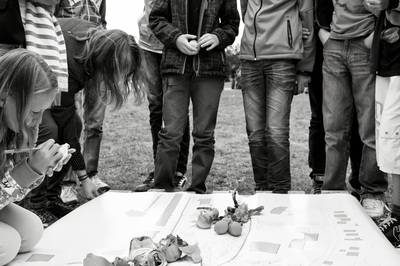
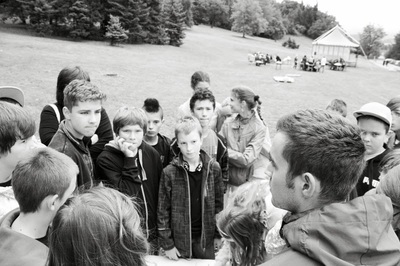
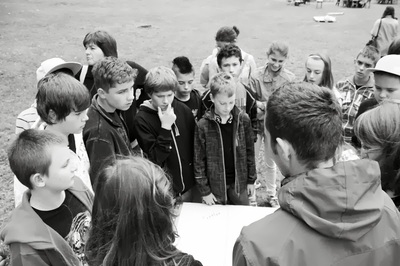
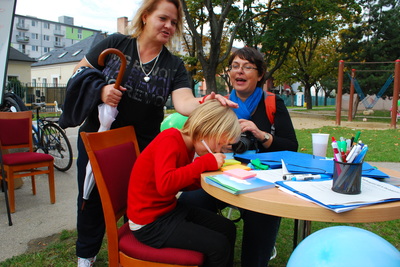
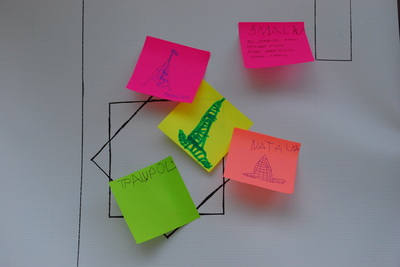
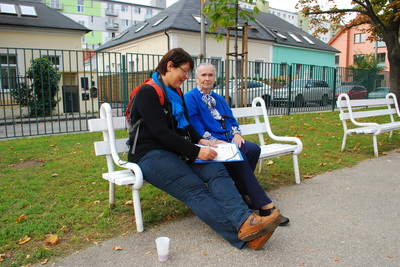
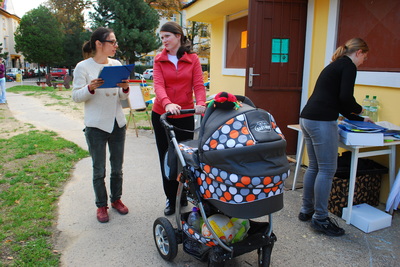
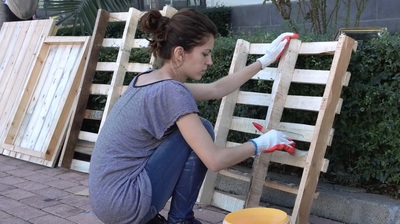

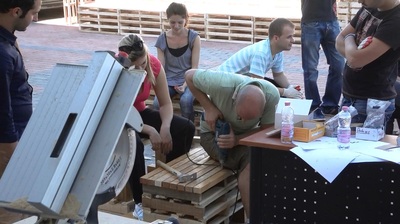
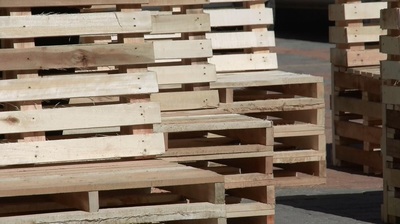
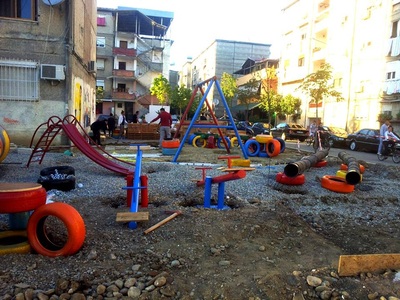
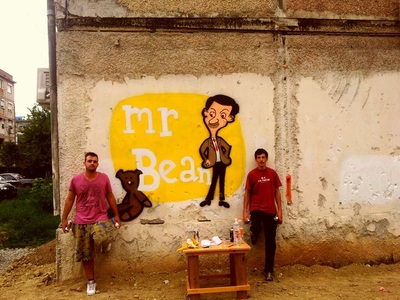
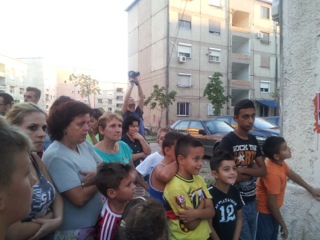
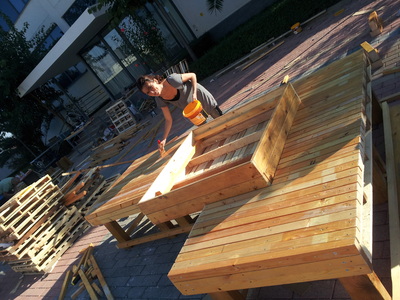
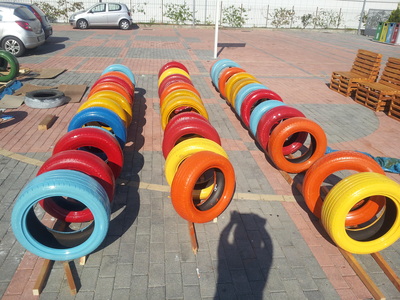

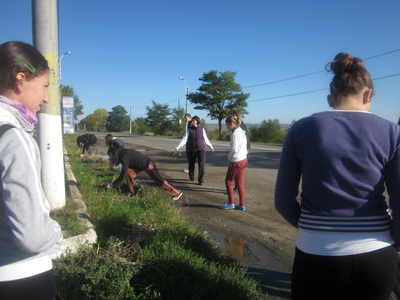
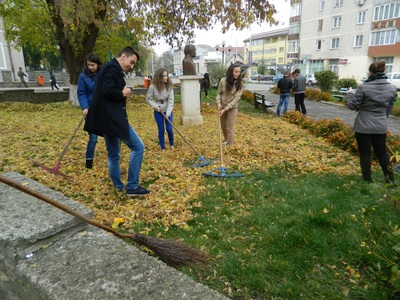
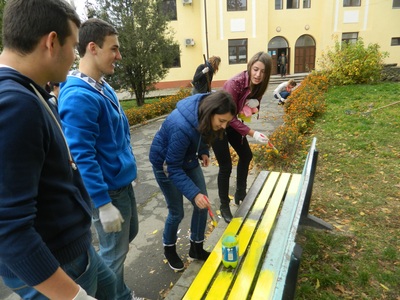
 RSS Feed
RSS Feed